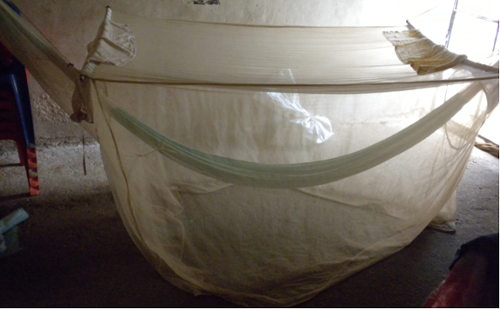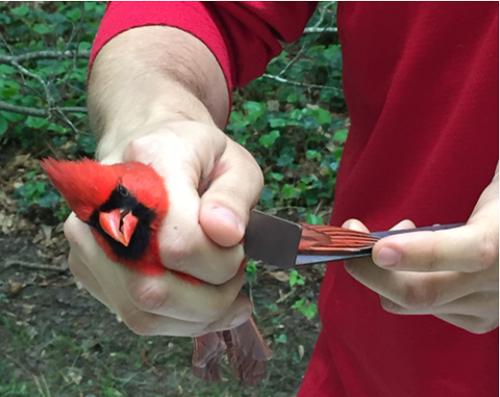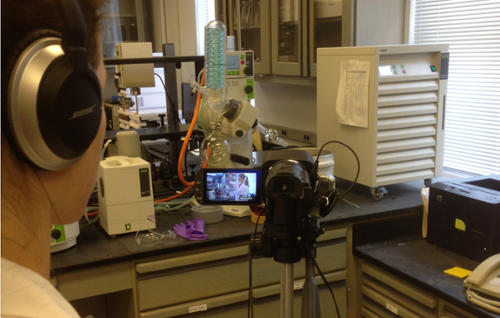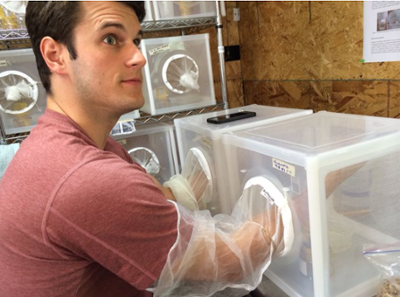
Photo by Marissa Grossman
Ian Buller, a doctoral candidate in environmental health sciences, focuses his research on the surveillance of rare infectious diseases transmitted between animals and humans called zoonoses. He merges climate science, ecology, epidemiology, and spatial analysis to determine the chance someone in the United States will contract plague caused by the Yersinia pestis bacterium—the same disease that infamously swept through Europe in the Middle Ages.
Funded by a National Science Foundation Graduate Research Fellowship Program Award, Buller’s work is advised by Dr. Lance Waller, chair of the Department of Biostatistics and Bioinformatics. Buller is currently working on his dissertation, which assesses the accuracy and utility of using wildlife plague cases to predict areas where a human may come into contact with plague in the United States and how climate change may change where plague occurs in the future.
“My project relies on a collaboration with state health departments, including California,” says Buller. "I plan on joining rodent-trapping efforts in the summer of 2017, where I’ll collect blood samples for analysis and record the location of wildlife infected with plague.”
Buller has experience working with infectious diseases in the field and in the lab from his master's degree at the University of Colorado at Boulder (where he studied amphibian parasites) as well as through his research rotations at Emory University (collecting mosquitoes in Mexico, capturing birds in Atlanta, and testing experimental drugs developed from medicinal plants against bacterial infections).
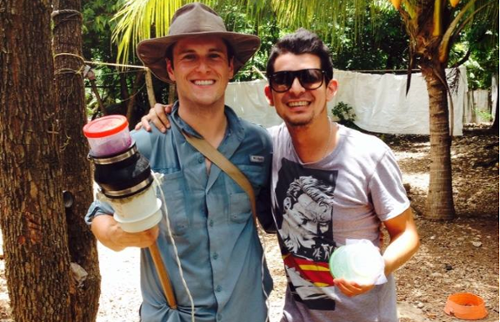
Photo by Marissa Grossman
Upon graduation, Buller plans to continue studying the connections between climate, human-animal interaction, and infectious disease, as well as how surveillance systems will adapt as our climate changes. He is a founding member of the Emory Climate Analysis and Solutions Team, a university-wide effort to engage students and faculty/staff with policymakers.
“Climate change is the greatest threat facing humankind,” he says. "Understanding how climate affects us and how we may adapt in the future will help equip our robust disease surveillance system to prevent outbreaks that were experienced by our ancestors from happening again.”


